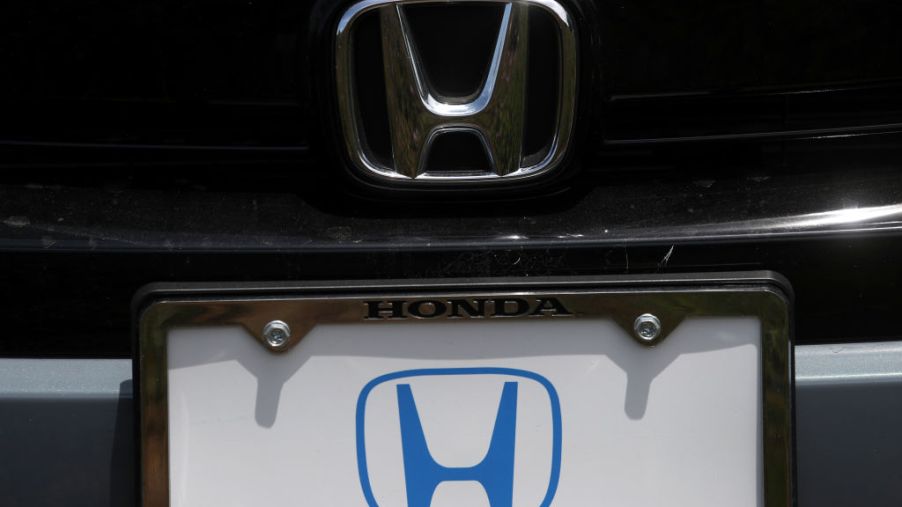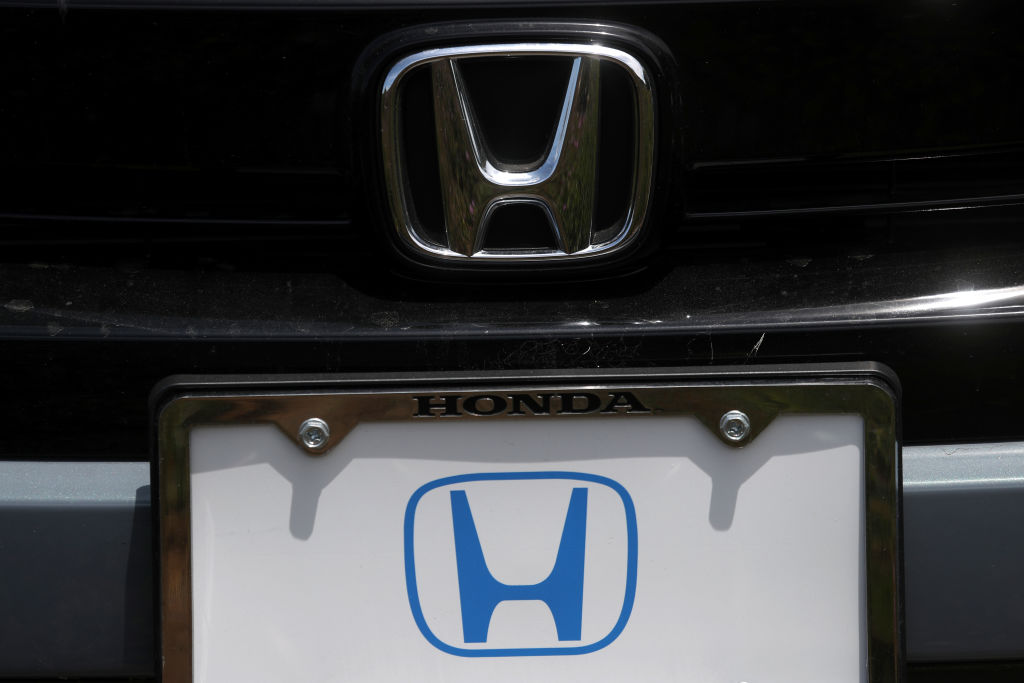
How Many Japanese Automakers Are There?
Pretty much every gearhead is familiar with the “Big Three” of automakers. GM, Ford, and Chrysler currently reign supreme as the most popular auto companies in the United States. GM holds the title of 4th largest automaker worldwide. The F-150, Ford’s flagship pickup truck, was even the best-selling vehicle of 2019.
However, the best-selling passenger vehicle in the U.S. was not made by any of the “Big Three.” That car is the RAV4 from Toyota, a Japanese automaker. Both Toyota and Honda have enjoyed massive success in stateside sales, particularly in the SUV segment. How many other Japanese automakers are there?
Current Japanese companies

There are 10 major Japanese automakers. Honda and Toyota are the most popular, but you’re probably also familiar with Nissan and Mazda vehicles. Suzuki, Mitsubishi, and Subaru also originated from Japan. The most popular Japanese automakers also have separate brands for luxury models.
These subdivisions are known as Acura, Lexus, and Infiniti. They’re owned by Honda, Toyota, and Nissan respectively. Toyota also owns a few lesser-known brands. One of them is Daihatsu, the oldest automaker in Japan. It also owns Scion, the manufacturer of the sports car which would later be known as Toyota 86.
A few Japanese automakers don’t currently market vehicles in the United States. Isuzu and Hino are both popular manufacturers of commercial vehicles in Asian countries. Mitsuoka, a brand that creates lookalikes of old British cars, is owned by Nissan. Nissan is also the parent company of Datsun.
Japan’s automotive industry
The first commercial automobile in Japan was a steam-powered bus, created by Torao Yamaha. Before WWII, most of the vehicles marketed in Japan were based on European cars. The Mitsubishi Model A was released in 1917 and became the best-selling vehicle of the time. In the 1930s, the giants Nissan and Honda were founded with Toyota following shortly after in 1946.
Japanese car sales were slow at first since very few Japanese families were able to afford one. However, this changed in the ’60s with the release of the “kei” car. These little cars had weak engines but came with very low price tags. Subaru made the first one in 1958. Honda, Mitsubishi, Mazda, and Suzuki also had their own kei cars.
From there, the automotive industry saw rapid growth in Japan. Today, the country’s most profitable export is automobiles. Toyota was also named the largest automaker of 2019.
The history of Honda and Toyota in America
The first Honda dealership opened stateside in 1959, selling the N600 to American consumers. Over the years, more popular models like the Civic and Accord would be introduced to the American market. The Honda Civic still remains one of the best-selling cars in the United States today.
Around the same time, Toyota also opened its first dealership in the United States. Only 288 vehicles were sold during its first year, but the company quickly gained a loyal customer base. By 1972, the boost of U.S. sales helped Toyota sell its 1,000,000th vehicle. Today, Toyota has become popular for its many hybrid cars, like the Prius and Camry Hybrid.
How Japanese auto companies benefit the U.S.
Japanese automakers have more than just cars to offer to U.S. citizens. According to data from the Japanese Automobile Manufacturers Association, Japanese plants in the U.S. boosted employment rates by nearly 30 percent. JAMA automakers, like Toyota and Honda, currently produce over one-third of all vehicles in the U.S.
Toyota has also invested another $700 million to hire new workers in its Indiana plant. Even with the possibility of tighter tariff agreements, Japanese automakers are still going strong in the States.



